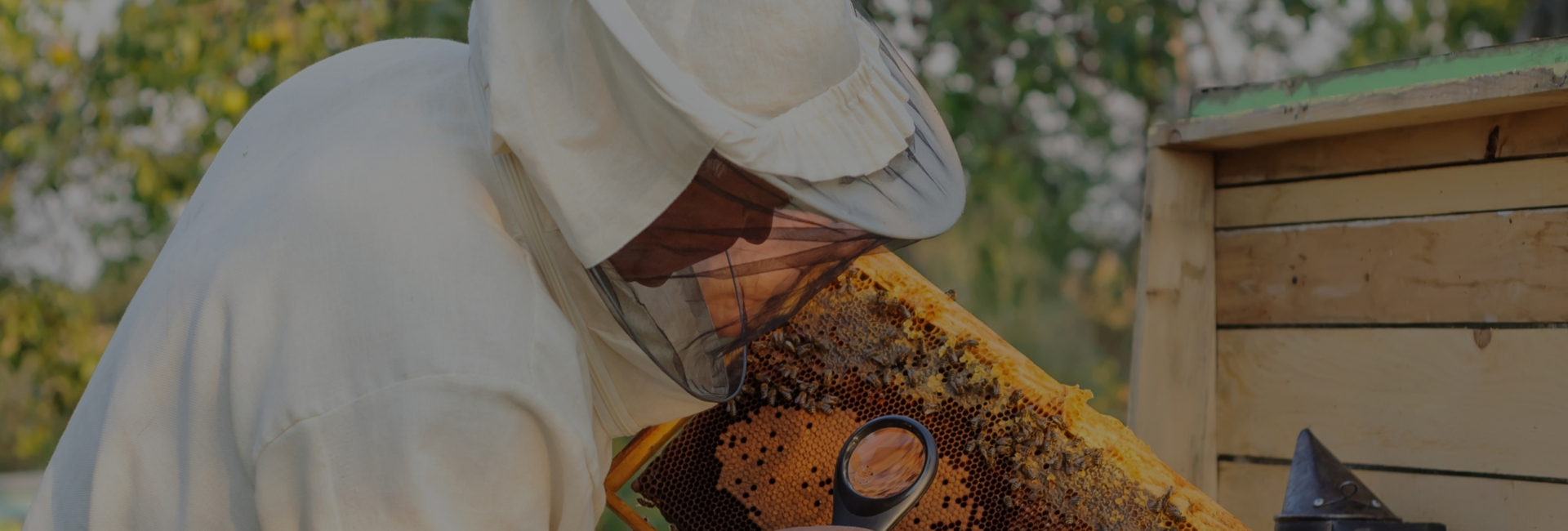
Beekeeping Management
BEST MANAGEMENT PRACTICES (BMPS) FOR BEEKEEPING
A best practice is a method, process, activity, incentive, or reward which conventional wisdom regards as more effective at delivering a particular outcome than any other technique, method, process, etc. In beekeeping, like in most things, there is no one way of doing things that works best for everyone. There are, however, general guidelines for bee health that will likely provide useful for most beekeepers and will provide a good starting point for anyone getting into beekeeping.
- Check apiary for hive condition.
- Inspect for rotten, loose or broken boards and frames.
- Reconstruct, tighten or replace frame part.
- Paint supers with light colors to beat summer heat.
- Take advantage of the winter months to do maintenance and prepare for the new season.
- Repair clothes, veil, gloves and bodysuit.
- Inspect essential two (2) pieces of equipment. - Smoker and the hive or "universal" tool.
Hive Maintenance
Proper maintenance extends the life of the hive.
- Check bee attire.
- Replace comb with new foundation to minimize residual chemicals in old wax.
- Develop a comb replacement schedule.
- Purchase equipment only if it has a history of clean health.
- ID hives with a brand or name.
Hygiene
- Practice good hygiene with hands, gloves, and other equipment to reduce transmission of pathogens between colonies.
Exert you energy wisely
- Invest time, money and energy on your healthy colonies.
- Maintain a reserve; don't commit all your colonies to contract.
Monitor colony strength
- Cull weak colonies.
- Use diagnostic services for objective colony assessment.
- Check frames of brood for intended strength to coincide with almond bloom.
- Be mindful of colony placement to minimize stress.
- Do not combine weak collapsing colonies with healthy colonies.
- Maintain stocks that are productive and disease and pest resistant.
- Encourage high drone densities to provide well-mated queens and genetically diverse colonies.
- Discourage stocks that are excessively defensive.
- Select stock by propagating colonies that prosper when other colonies exhibit symptoms of stress.
Managing Stock
- Maintain genetic quality to meet your objectives:
- Requeen colonies, at least annually.
- Package bees typically exhibit low Varroa and virus levels during the year following installation. Consider making colony increases by shaking bees from colonies.
Water
- Consider water access when transporting colonies and when placing colonies in the orchard.